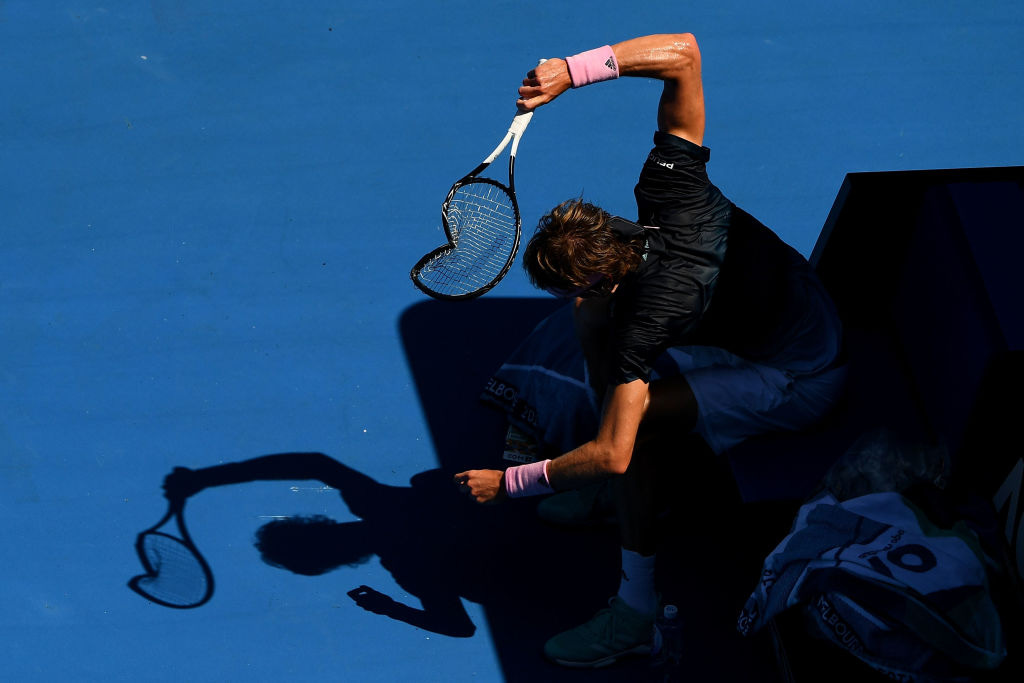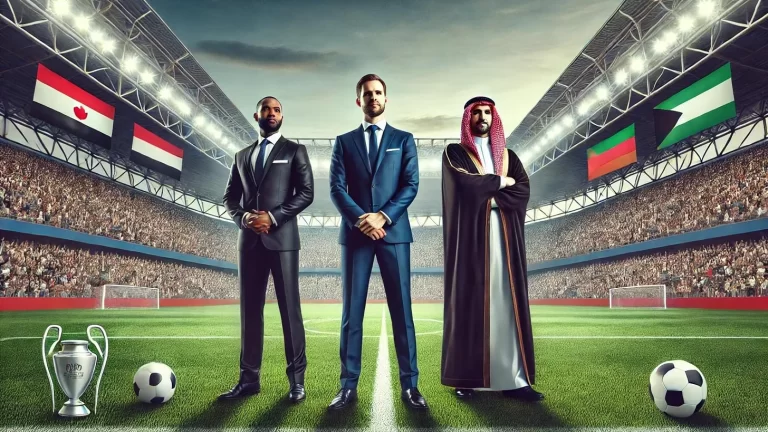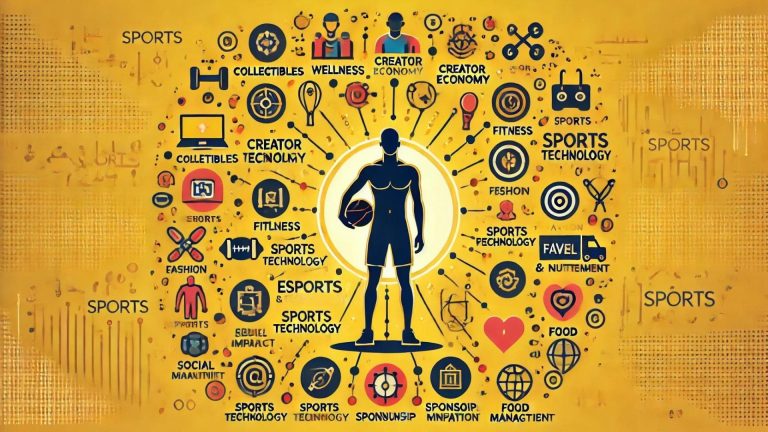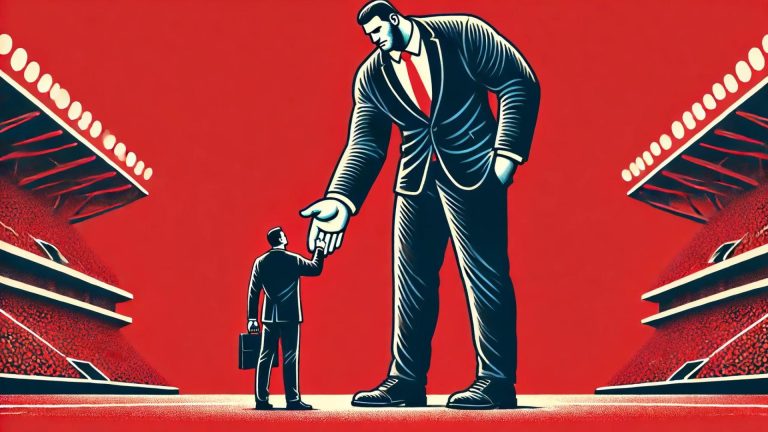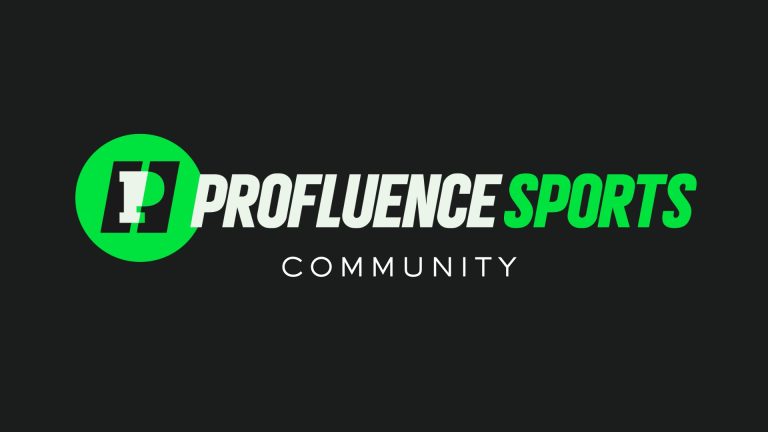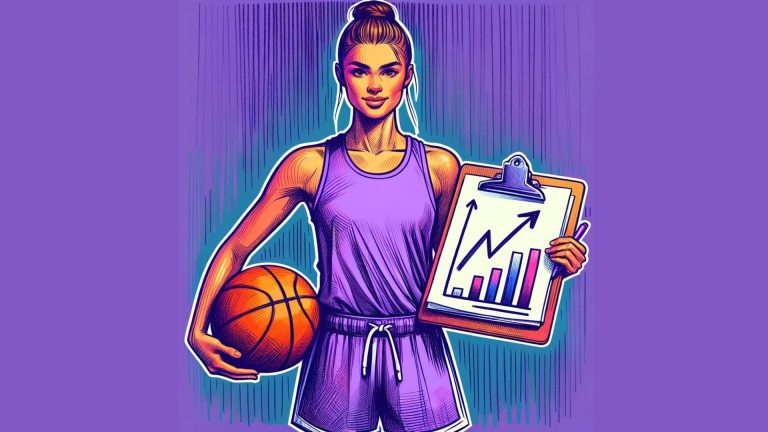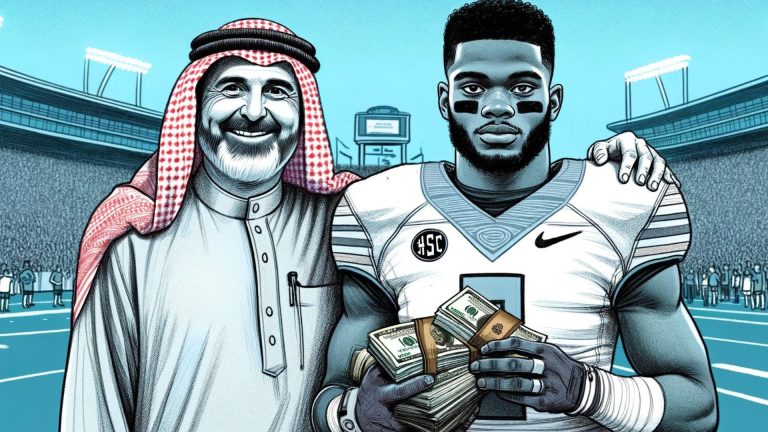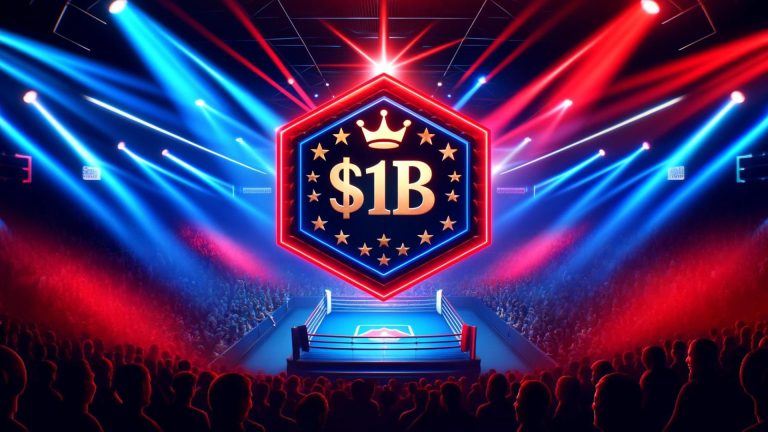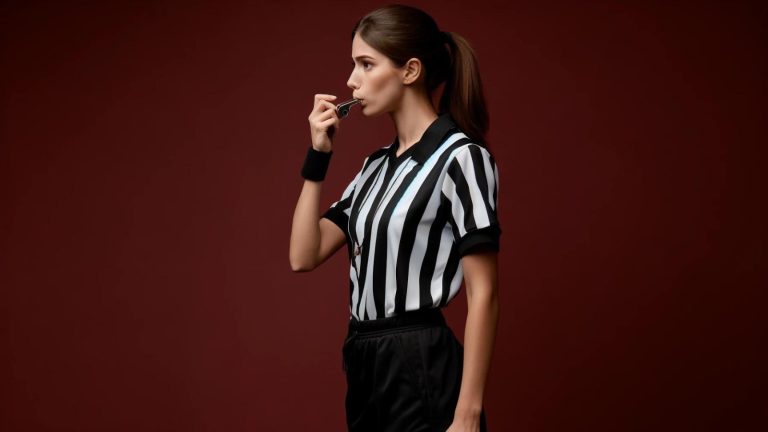Did you see this?
Dartmouth’s men’s basketball team wants to unionize.
But this is just the tip of the iceberg in the world of sports unionization.
And interestingly…it’s been a massive phenomenon over the last decade, especially with the rise of their “for-profit” counterparts.
Let’s Dive In 👇
History of Sports Unionization
Professional sports have come a long way since their inception.
Up until the 1960’s pro athletes dealt with an array of unfair practices:
- no per diem money when traveling
- no pay if you miss a game due to an injury
- no free agency or revenue-sharing agreements
- treated as pieces of property with no rights to pensions
- responsible for maintaining their uniforms and equipment
Superstars such as Babe Ruth, George Mikan, and Oscar Robertson — were treated like peasants compared to today’s top athletes.
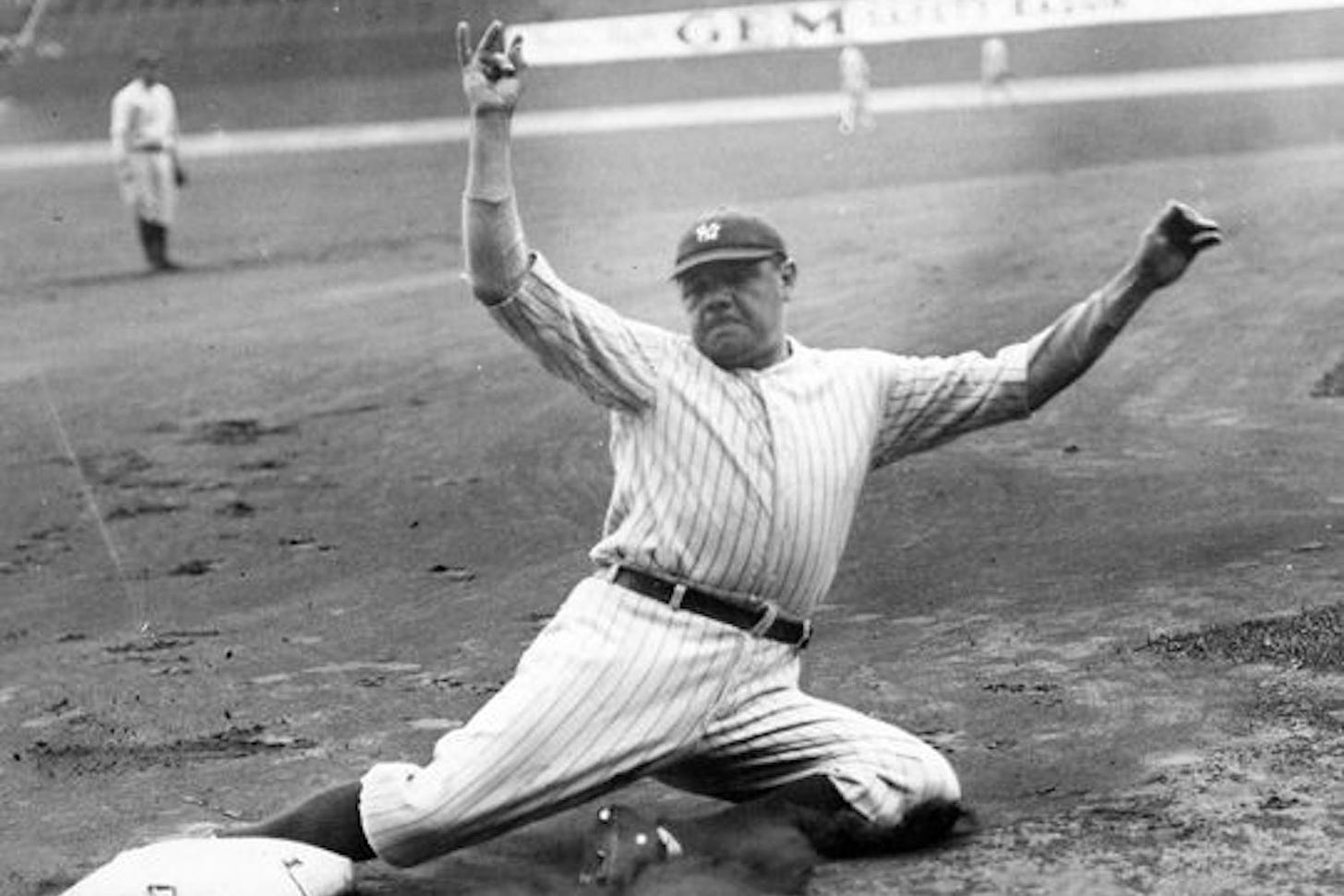
However…it’s funny how progress sometimes blinds the big picture.
Today, athletes and their respective CBAs (Collective Bargaining Agreements) are negotiating for no marijuana tests, the ability to invest in teams, and minimum salaries in the million-dollar range.
Just 50 years ago, players were aiming for salaries that would allow them to quit their summer jobs and access to healthcare for their injuries.
Snapshot of Player’s Associations
Here’s a brief overview of the history behind US sports unions.
NBPA
The oldest trade union of the four major North American sports — founded by Bob Cousy in 1954 (he’s the official NBA logo).
By threatening to skip the all-star game, players got their union and a series of raises.
Check this out:
- Before the union was created…average NBA salary = $8,000
- For the 2022-2023 season… average NBA salary = $9.37M
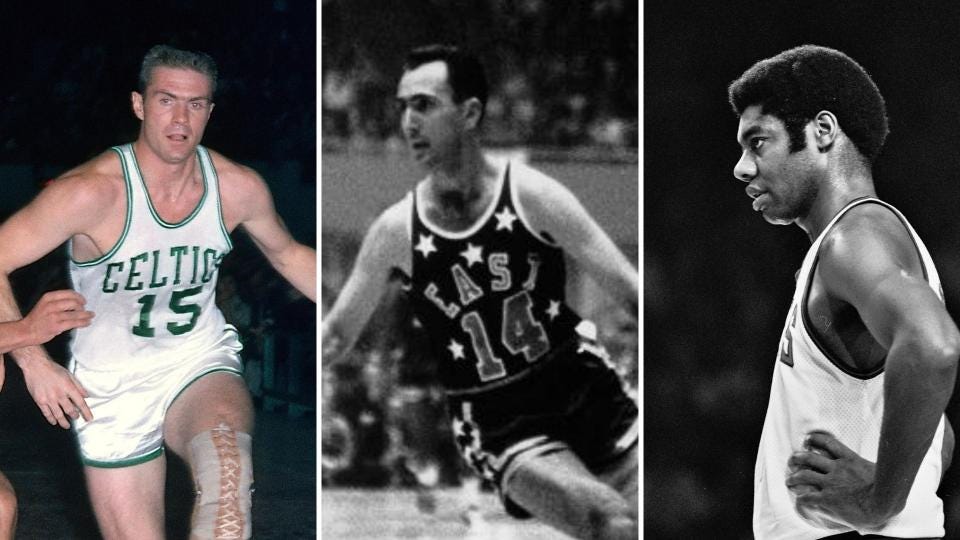
NFLPA
In 1956, players on the Green Bay Packers and Cleveland Browns formed a union.
A lot of the talks centered around how NFL careers are brutal and short (the average career span = 3.3 years) and that pensions + healthcare should be provided.
One year later, the movement spread as players around the league got on board, formalizing the NFLPA.
NHLPA
In the late 1950s, players began to attempt to form a union after injuries left star players broke and others working side jobs.
League officials and team owners didn’t like this — they traded away, cut, or moved players to the minor leagues that were a part of the unionization efforts.
Finally, in 1967 the players were able to unite in enough numbers to convince the owners to recognize the demands of the NHLPA and stop punishing players for being members.
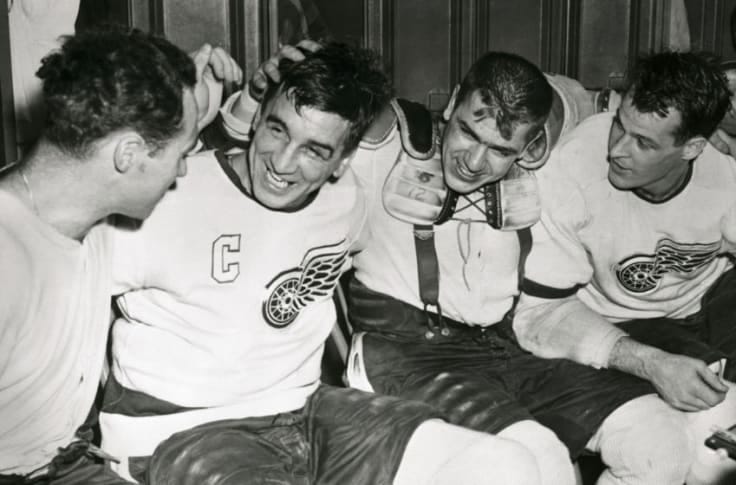
MLBPA
There were four failed unionization attempts over a 70-year span until finally in 1965 a group of players hired Marvin Miller, a former economist for the United Steelworkers.
Miller helped them negotiate pro sports first collective bargaining agreement.
The deal increased the minimum salary from $6,000 to $10,000 and established the players’ association as an official union.
Labor Stoppages in Sports
There have been a total of 21 labor stoppages in the history of these four professional sports leagues. 11 have been lockouts and 10 have been strikes.
- 1994 MLB strike canceled the World Series
- entire 2004-2005 NHL season was canceled
- shortened 2011 NBA season due to lock-out

*To Note: most of the recent labor stoppages have been instigated by the owners, not the players.
And while lockouts aren’t good for anyone involved in sports…
There are still some antiquated models:
- Minor league baseball players living on a $10,000/year salary without any kind of housing or security.
- While revenues aren’t substantial compared to men’s sports, most women’s professional athletes still get treated like “minor leaguers”.
- Men’s college football and basketball driving billions in revenue without any representation or share in the profits for athletes.
- Athletes in individual sports such as tennis, golf, and combat relying solely on prize money and endorsements.
While not all sports and their respective pro athletes are in a great position…
The four major American sports certainly are and that abundance has given rise to…
For-Profit Sports Union Affiliates
Over the last decade, we’ve seen the rise of union-affiliated for-profit entities pop up.
OneTeam Partners, NFL Players Inc, and others…
These entities work alongside the player’s unions to add revenue through their collective power:
- apparel
- video games
- playing cards
- merchandise
Last year we saw the first tennis union pop up, the Professional Tennis Player’s Association (PTPA), and not long after, the Winner’s Alliance as its for-profit entity arrived.
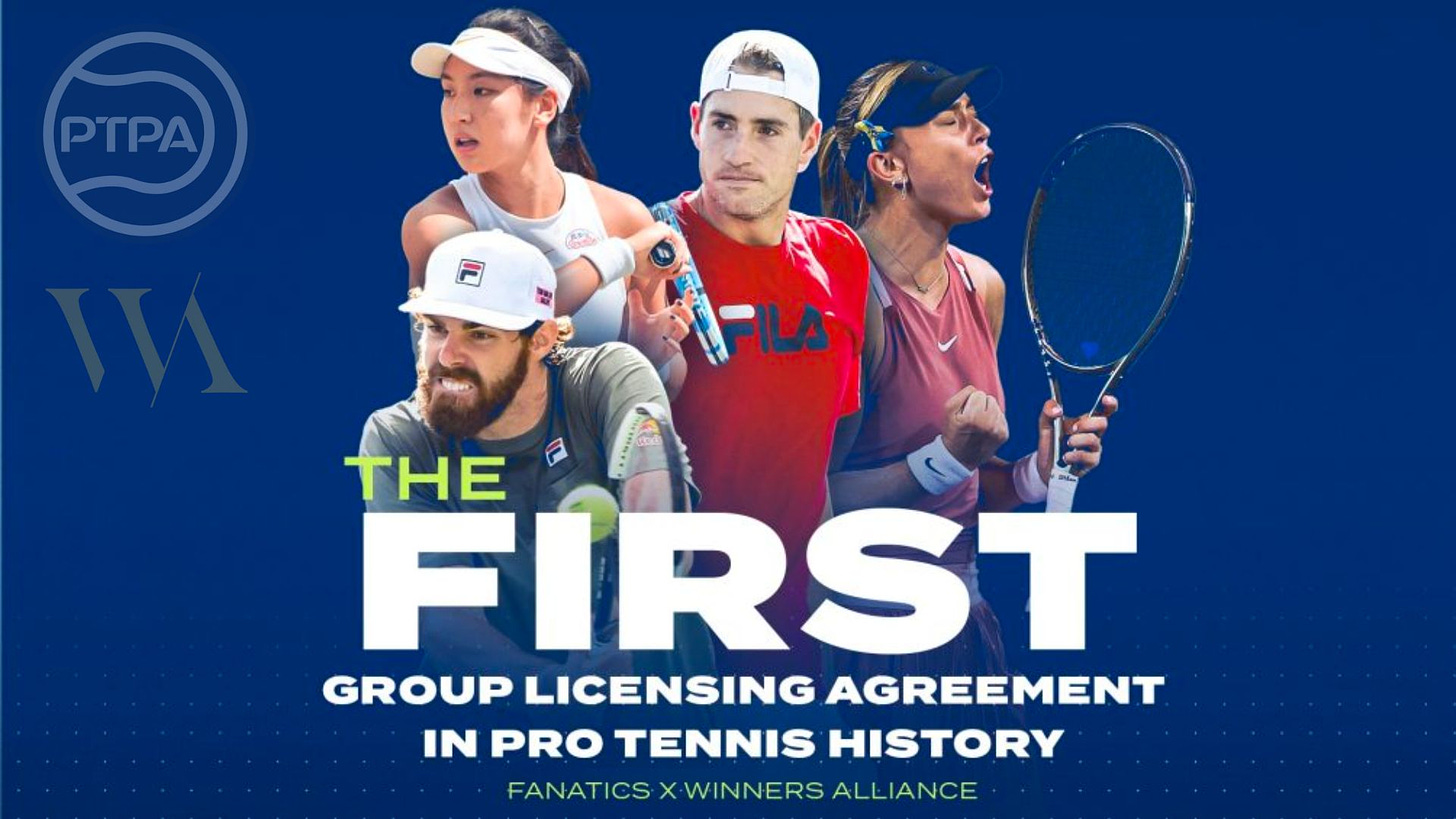
A similar group is trying to stay ahead of the curve in college athletics, with Athletes(.org) as the non-profit and Athletes(.inc) as the licensing vehicle.
All of this is in the name of adding revenue streams to athletes (which is great).
But don’t forget, when OneTeam Partners sold 40% of their business to private equity firms at a $1.9B valuation…the athletes saw none of that upside.
Going Forward
The growth of sports requires a delicate balance between owners, athletes, employees, and fans.
Sports have come a long way — yet they still have some ground to cover as they globalize and expand further.
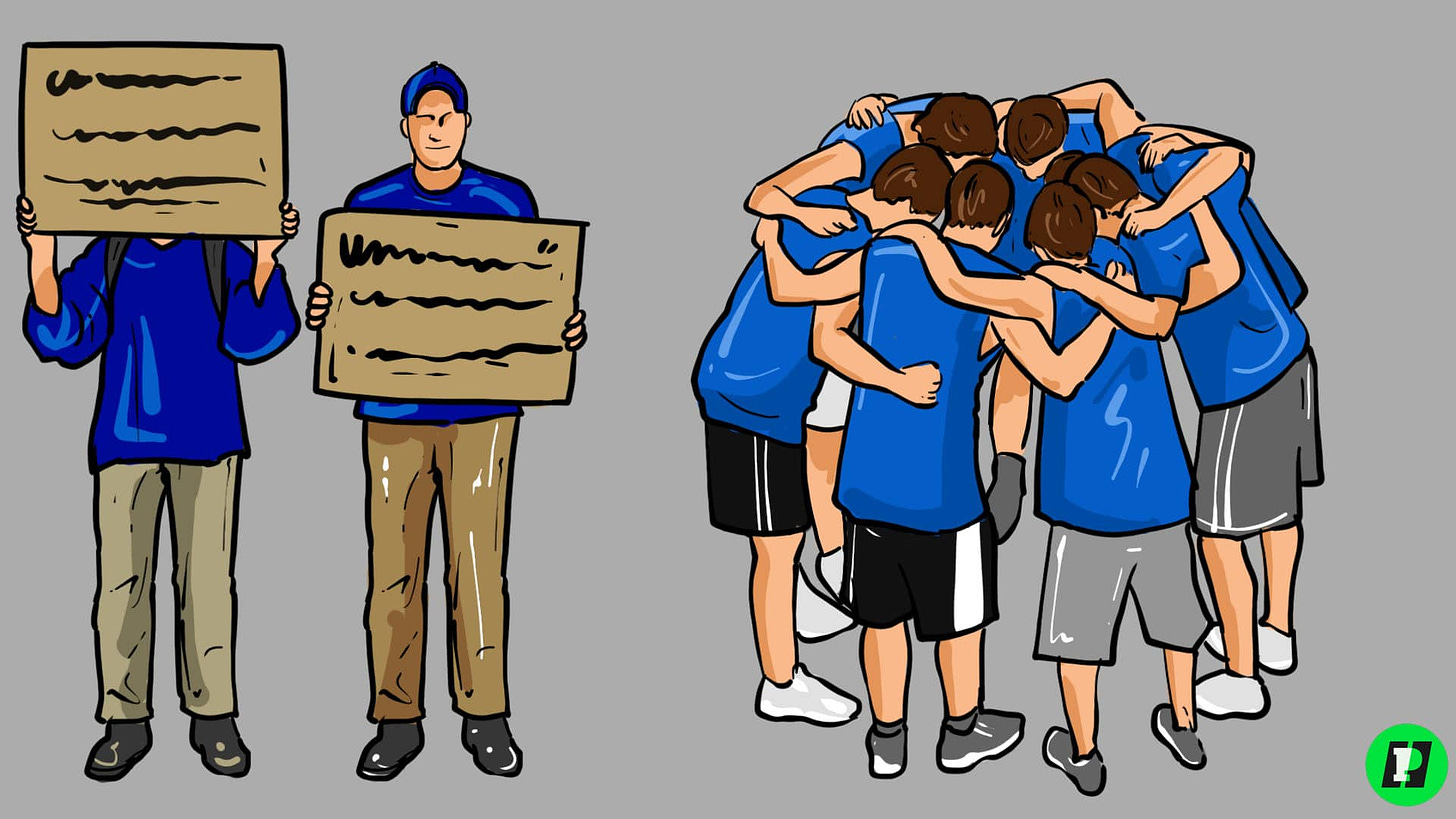
Unions are essential once leagues grow to a mass scale.
The key learnings:
- Money – without a steady flow of revenue, labor disputes arise. More money, and both sides are willing to compromise and disputes are more limited to who gets how much.
- Partnership – helps create an environment where both sides are motivated to work with each other because, although they disagree, they both perceive the other as having the best interest of the sport at heart.
- Public Perception – fan belief that the players and owners value them and will not abandon them is important and affects how a sport recovers after a work stoppage. Newer and less established sports may be unable to recover from a labor stoppage and could very well collapse.
60 years ago sports were in the early days…but I have a feeling 60 years in the future we might be saying the same thing.
The most interesting trend…is the rise of for-profit collective companies setting up shop in between the leagues and player unions.
